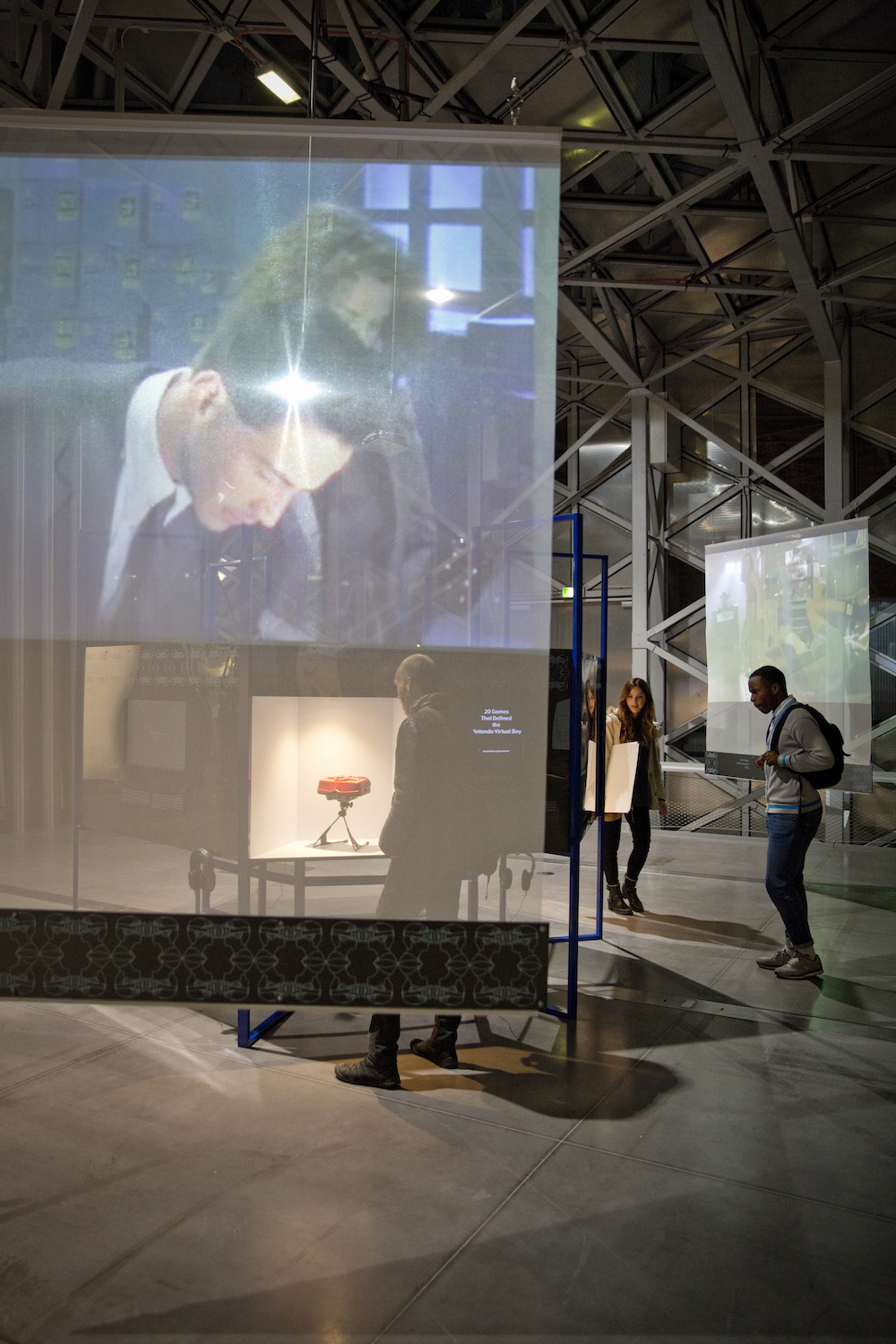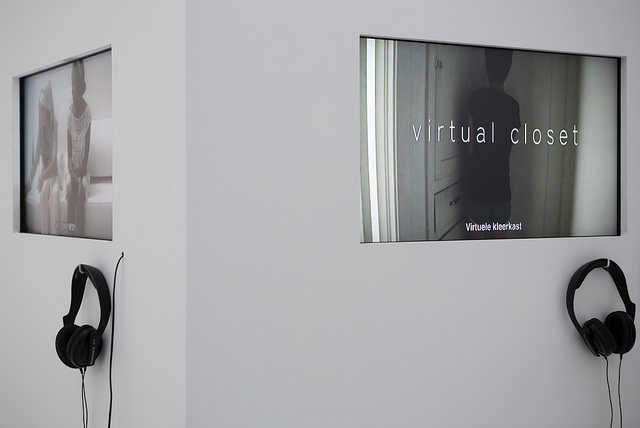Back in December 2014, I've been contacted by Ludovic Noël, director of Cité du Design (Saint Etienne, France). He basically asked me whether I'd be interested in being a curator for an exhibit on "interfaces". I immediately said yes and realized it would be a great opportunity to explore the mutual relationships between design (in the context of digital technologies) and science-fiction, quite an important topic for us at the Near Future Laboratory. Here's a translation of the short text I wrote apropos the exhibit:
Minority Report, Back To The Future 2, Avatar, 2001, Iron man, Star Trek… Numerous science-fiction films and series depict technological objects. The interfaces – the ways to control or communicate with machines – are perhaps the most notable example of such phenomenon. So much so that some producers and directors collaborate with designers to improve the quality or the plausibility of these accessories. However, these fictional representations also influence the work of designers and engineers involved in interface design. To overcome the keyboard/mouse duo, virtual reality headsets, neworked gloves, mobile phones, gestural interfaces, smartwatches, and interactive surfaces, to name but a few have been reinvented in the last thirty years. Such examples highlight the fertile relationships between design and science fiction culture. They point out possible directions pursued by interface designers. Returning to the main archetypes of past and interfaces under development, Culture Interface addresses the reciprocal influences between Science Fiction and the design of digital interfaces. Alongside this historical return, the exhibition shows how designers overcame the stereotypes to offer unique creations, which, in turn, renew these great fictional models.
The exhibit, called "Culture Interface: interfaces numériques et science-fiction" opened last month, and it's going to last till Mid-August.
From a curatorial perspective, I selected seven "archetypes" which are constantly encountered in science-fiction culture: VR headsets, gestural interfaces, neuro-headsets, augmented reality, vocal interfaces, smartwatches, interactive surfaces. For each, I chose two science-fiction movies (e.g. "Johnny Mnemonic" and "Lawnmower Man" for the VR Headsets), five diagrams coming from patents and a selection of design projects both historical (e.g. the Famicom 3D System and the Virtual Boy) and recent (e.g. Oculus Rift with an intriguing game, Google Cardboard). My guiding principle here would be that these different elements would highlight the dialogue between fiction and design work. Sometimes of course, there are direct connections between fictional work and reality, as represented for example by a short excerpt of Dragonball Z (the infamous "it's over 9000 meme") and Google Glasses (“>9K” is printed on the PCB).
There's also an additional categories that consists in design projects that propose alternative visions to such archetypes: paper-digital hybrids, wood-digital hybrid, networked objects, soft interfaces, etc. Another important decision for me was to mix the different "flavors" of design, ranging from speculative design to projects conducted in big corporations, commercial products versus unique prototypes, projects made by students versus the ones done by agencies or R&D centers, etc. Mixing this with movie excerpts and patent drawings certainly is an intriguing choice but it definitely highlights the proximity between the design decisions at stake in the interfaces shown there.
A tremendous thanks to all the designers, and artists, who accepted to be part of the exhibit, the production and communication team who turned spreadsheets/emails/text files into an exhibit, as well as Ludovic for trusting me on this! Big up to Julian Bleecker, Fabien Girardin and Nic Foster at the Near Future Laboratory for their support and discussions about this.








